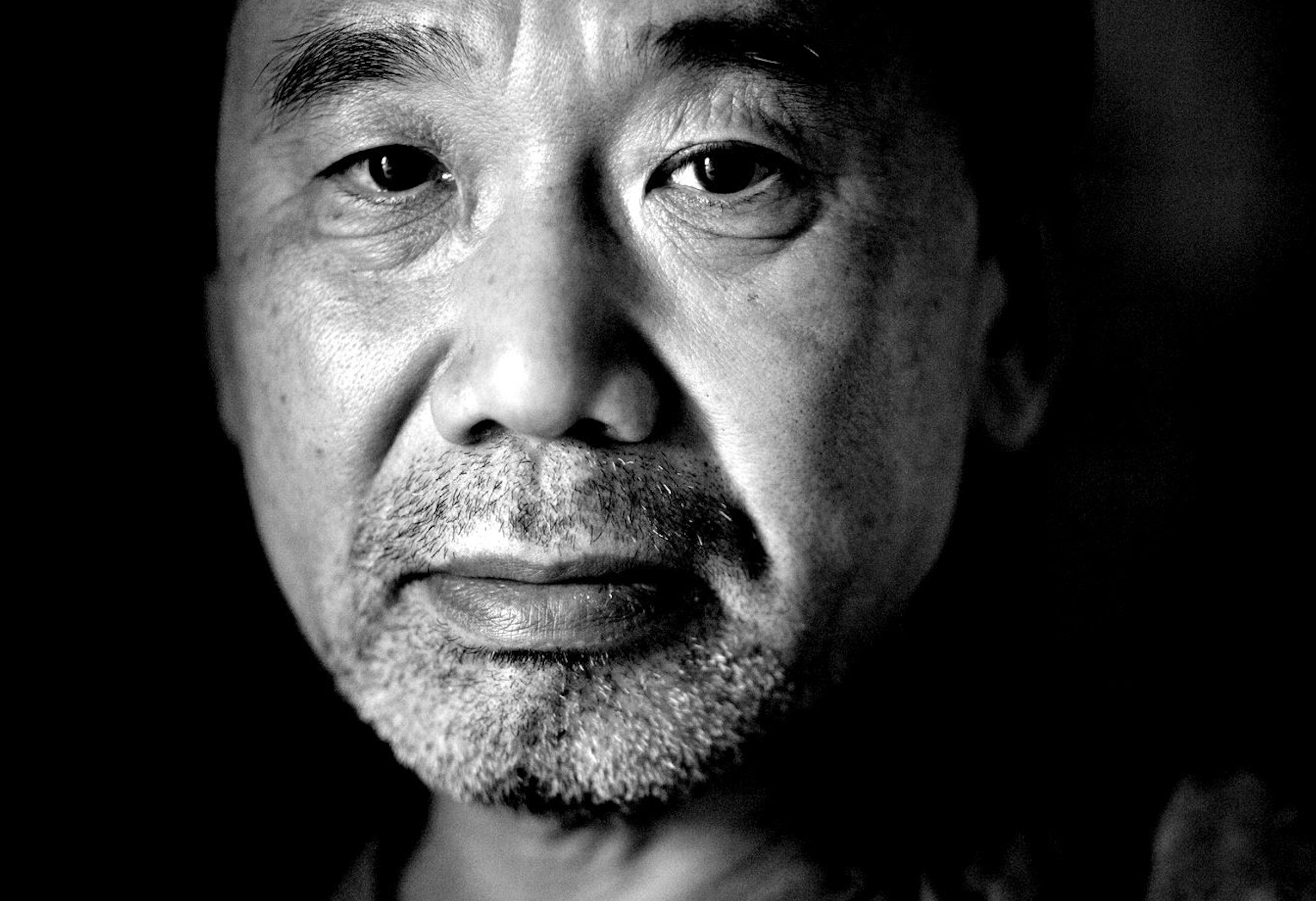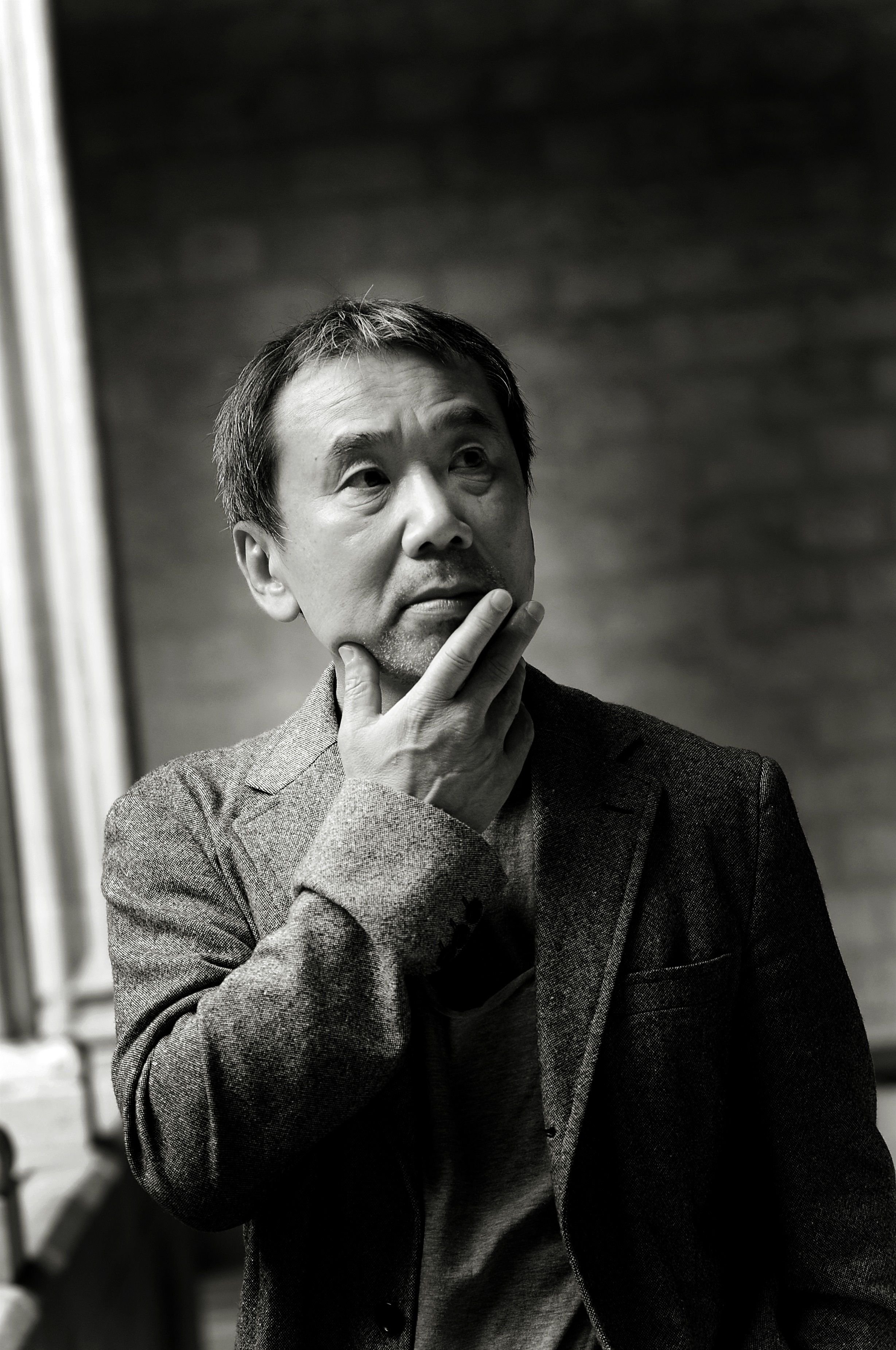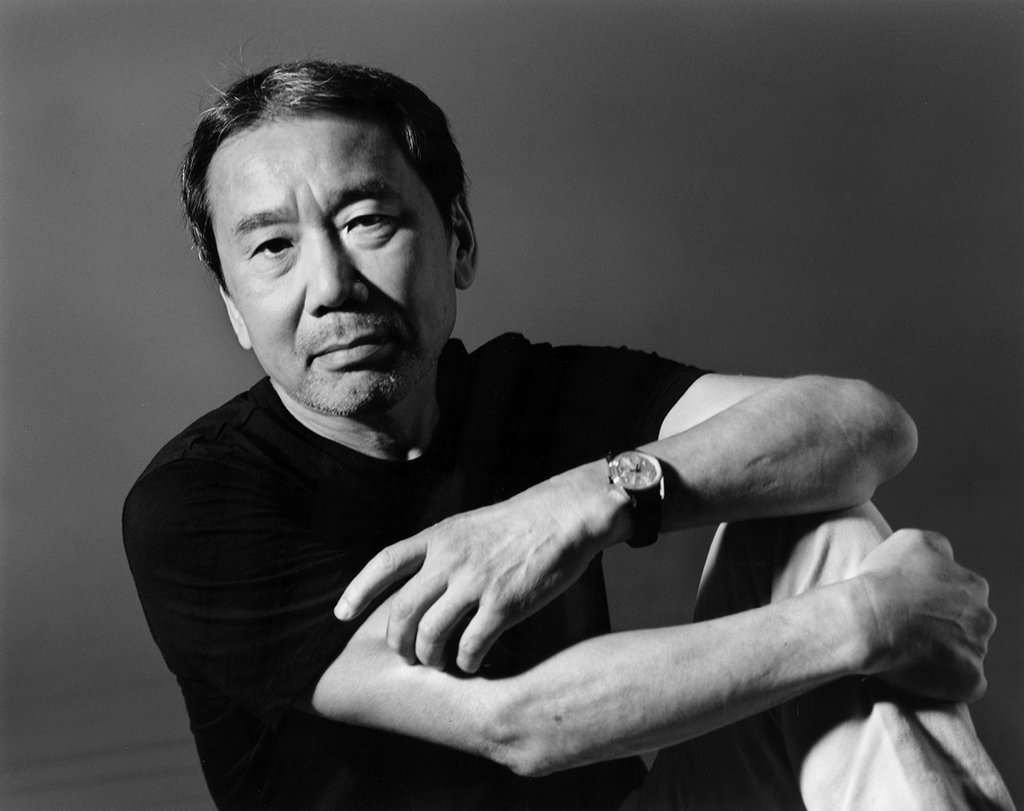Articles.

The long Wind-up Bird Chronicle by Murakami
The infamous Wind-up Bird Chronicle by Murakami has many mixed feelings but I believe it to be a masterpiece.

First Person Singular, another confusing mesmerising book by Murakami.
Eight short stories, Haruki Murakami, beautiful cover, what could go wrong?

The Hypnotic Prophesy by Murakami - Kafka on the Shore
This novel was an addiction since the moment I started it. I had never been so bewitched by a novel before that I had to stop reading and think about what I had just read. Not because I didn’t understand but because I could not believe the twists and turns this novel kept taking…